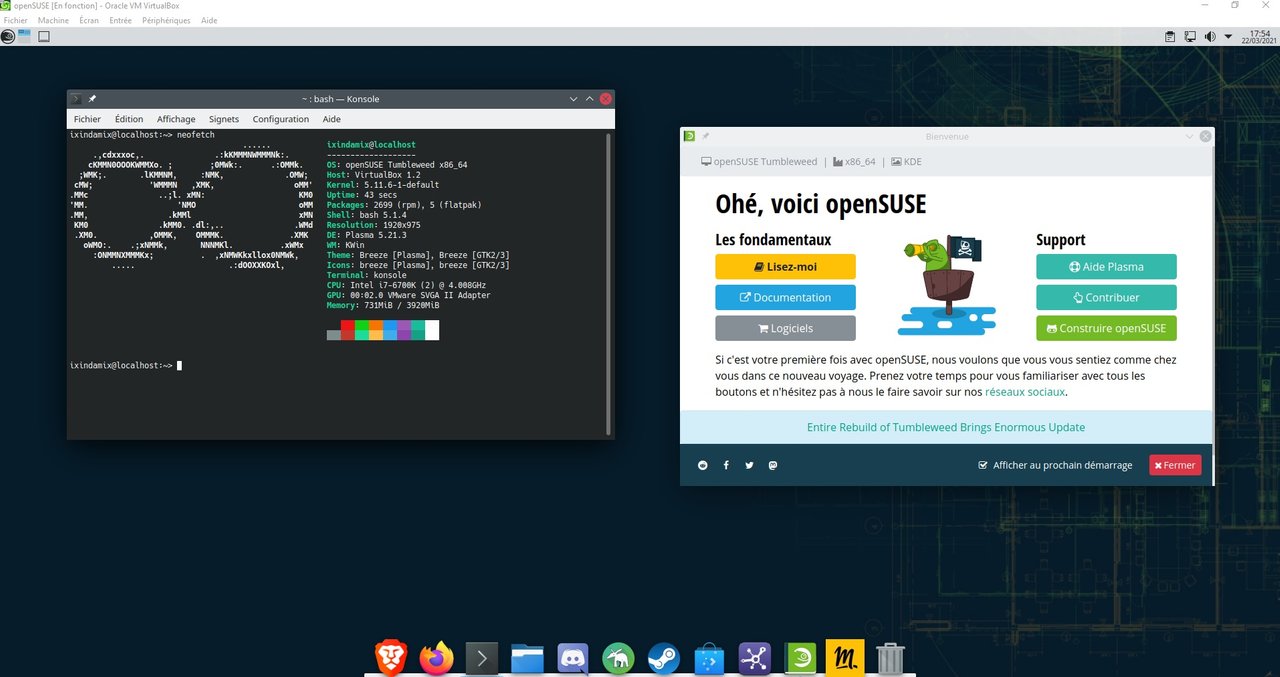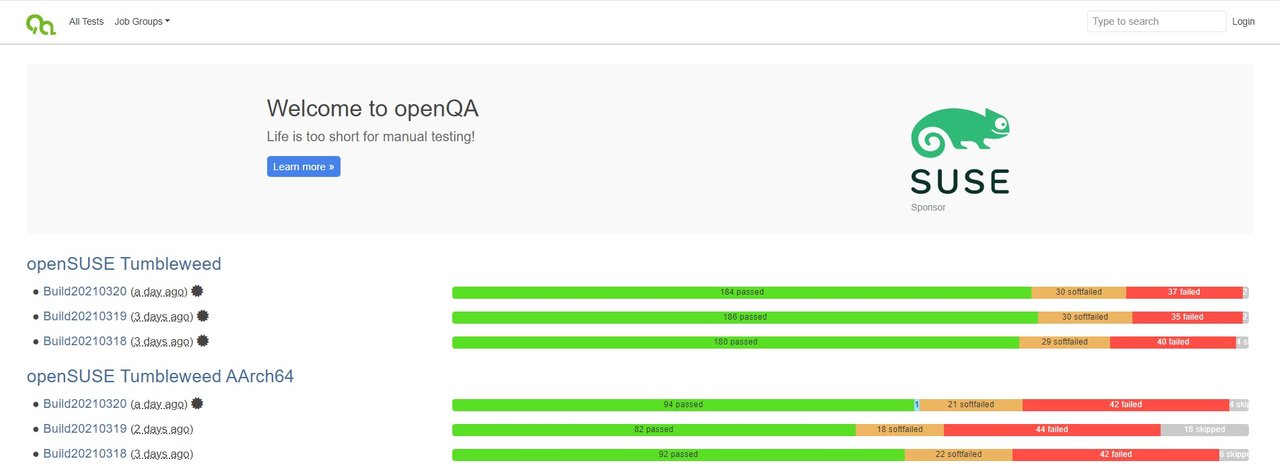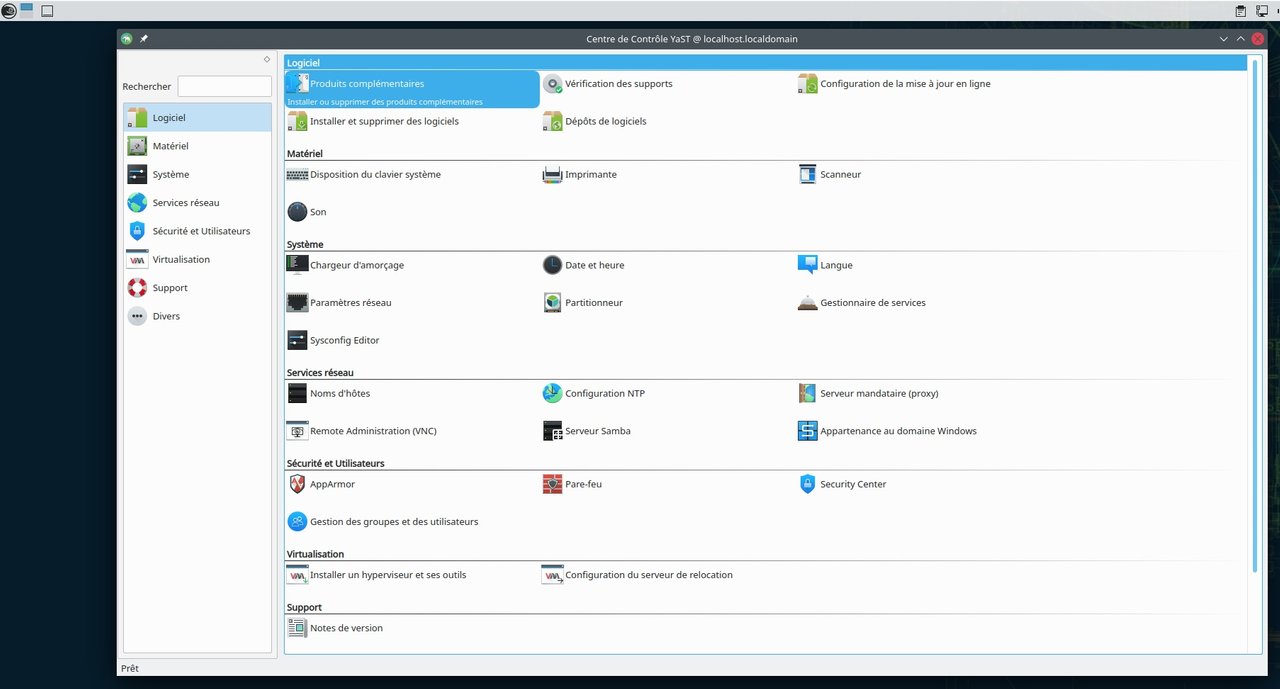
Within the free software community, distro-hopping is an action that is generally viewed with a bad eye by the fundamentalists of this universe. Sometimes rightly or wrongly, switching from one distribution to another allows to widen one's knowledge in the field but also becomes in some cases a necessity. Whether it is by choice to see if the grass is greener elsewhere or not to reproduce the mistakes of the past in terms of use, it turns out that sometimes a bad experience incites to change the creamery for a very particular reason. Although I am not a fan of distro-hopping and I chose to continue my adventure on Arch/Manjaro, I still resigned myself to leave the ship after multiple messy updates that broke my system more than once.
Calling myself an "advanced" user (though I haven't yet reached the ultimate stage of long-bearded wizard), I have always managed to solve my problems with the help of the documentation. However, one of the last "stable" updates caused irreversible damage far beyond my maintenance skills. Faced with these recurring difficulties, I had to face the fact that an Arch-based system is not as safe and stable as one might think. So goodbye to Pacman's efficiency and to the excessive choice of packages on the AUR repository, I have to start again on new bases.
We change our strategy, but not too much either !

According to my selection criteria, I prefer above all the freshness of the software with a tendency to prefer continuous upgrades and thus benefit from the latest technologies. This conception, which goes against the philosophy of point-release distros: "If it works don't break it!", allows above all to take advantage of a more recent and sometimes performance-oriented hardware support. With this principle in mind, I discarded the Debian-like family to move towards rolling-release alternatives. That's when I (re)discovered a distribution that was once one of the most popular of its time: OpenSUSE.
Now much less popular than Ubuntu or Mint, OpenSUSE was once a popular distro. Declined in two versions, Leap for the point-release and Tumbleweed for the rolling version, OpenSUSE remains a sure value, recognized as such by its users. Driven by curiosity, I made a virtual machine under Windows (yes I know it's very mean of me but as I don't have a "working" Linux partition anymore, I have no other choice than to work like this) in order to test the beast. And I was pleasantly surprised by the stability but also by the reactivity of the whole. Offering continuous upgrades and integrating the latest packages in its base (Kernel 5.11, latest Mesa drivers, Vulkan, Wayland stable and so on...), this GNU/Linux os really has everything to seduce the gamer in me.

But more than that, and as I mentioned above, OpenSUSE shines above all in its stability, which is not to be ashamed of a point release distribution. And this thanks to two elements that make all the difference. In spite of almost bi-weekly upgrades, the SUSE team makes it a point of honour to implement a drastic quality-checking system, known as openQA (available online) and which is directly derived from the enterprise branch of this firm.
Because yes, just like Red Hat, SUSE is above all a firm specialized in the deployment of Linux systems for companies. It is therefore a constant verification that takes place on a large number of different machines before validating or not the next updates to come. The other important point remains the integration by default of BTRFS allowing to reduce the risks of data loss with the use of constant system snapshots. If an update corrupts your system or if you make a bad manipulation, it will always be possible to come back to an old configuration perfectly usable.

In terms of usability, OpenSUSE is surprisingly simple. The Zypper package manager is still much more powerful and accessible than apt, although it is a bit inferior to what Pacman can offer. But beyond the terminal, the Yast graphical management is a real control center giving access to all available parameters. Everything is done here to avoid the use of bash and to offer an accessible and performing experience. The whole system is controllable in GUI and we have to admit that it works perfectly !
Coming from the Arch world, I had some fears about the available package library. I was not disappointed since the available choice is just as large, despite the fact that you sometimes have to use third-party repositories. Another point to underline: The one clikck install method available on the OpenSUSE community site, performing the installation of packages with a single touch of a finger !
In short, you will have understood, everything is here gathered to seduce the average user wishing a stable distribution, up to date and particularly accessible. It's a nice discovery that reinforces my idea that it will probably be my next distribution installed in hard drive. I still don't understand why OpenSUSE doesn't get as much attention because of its undeniable qualities. To be seen in the long term !